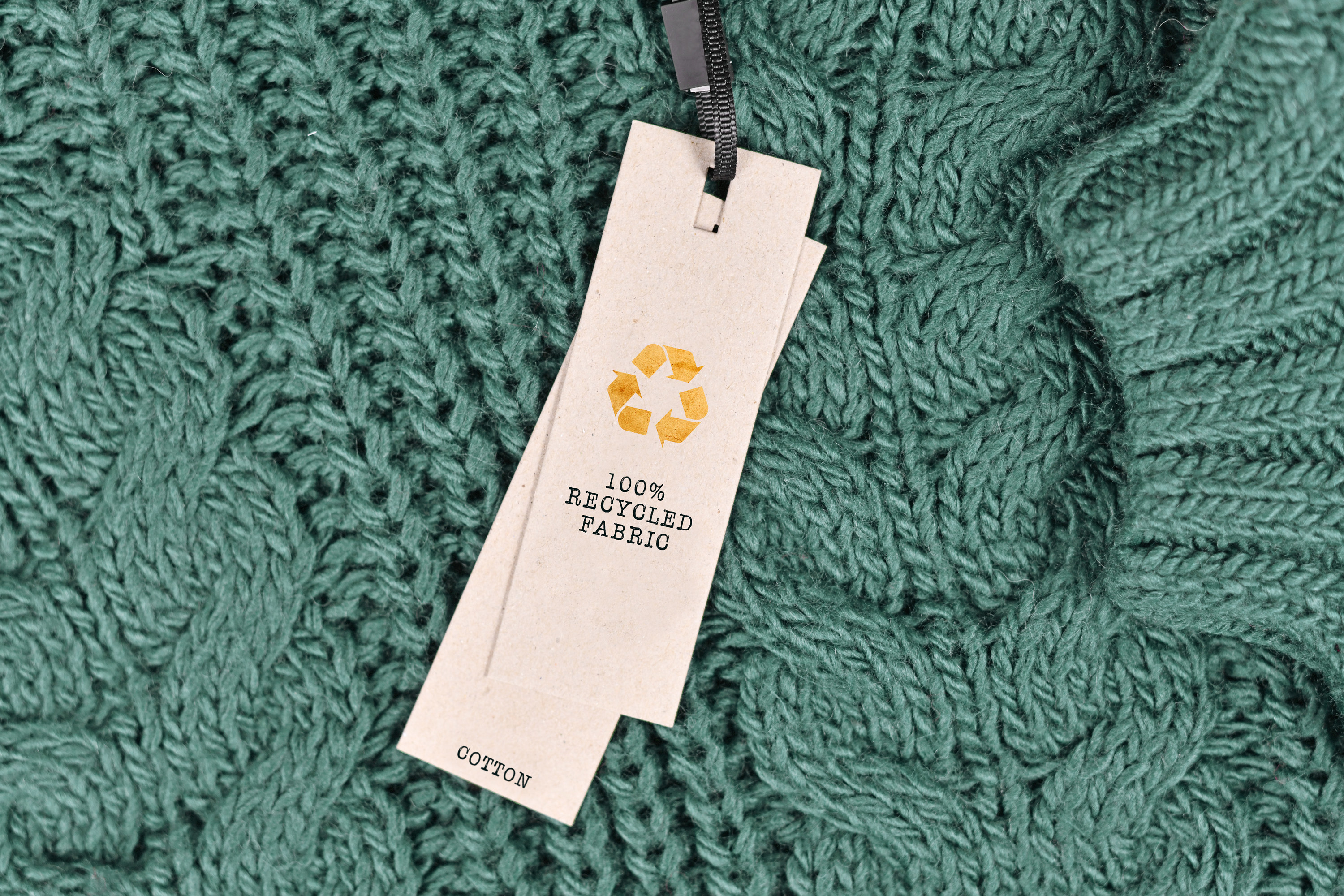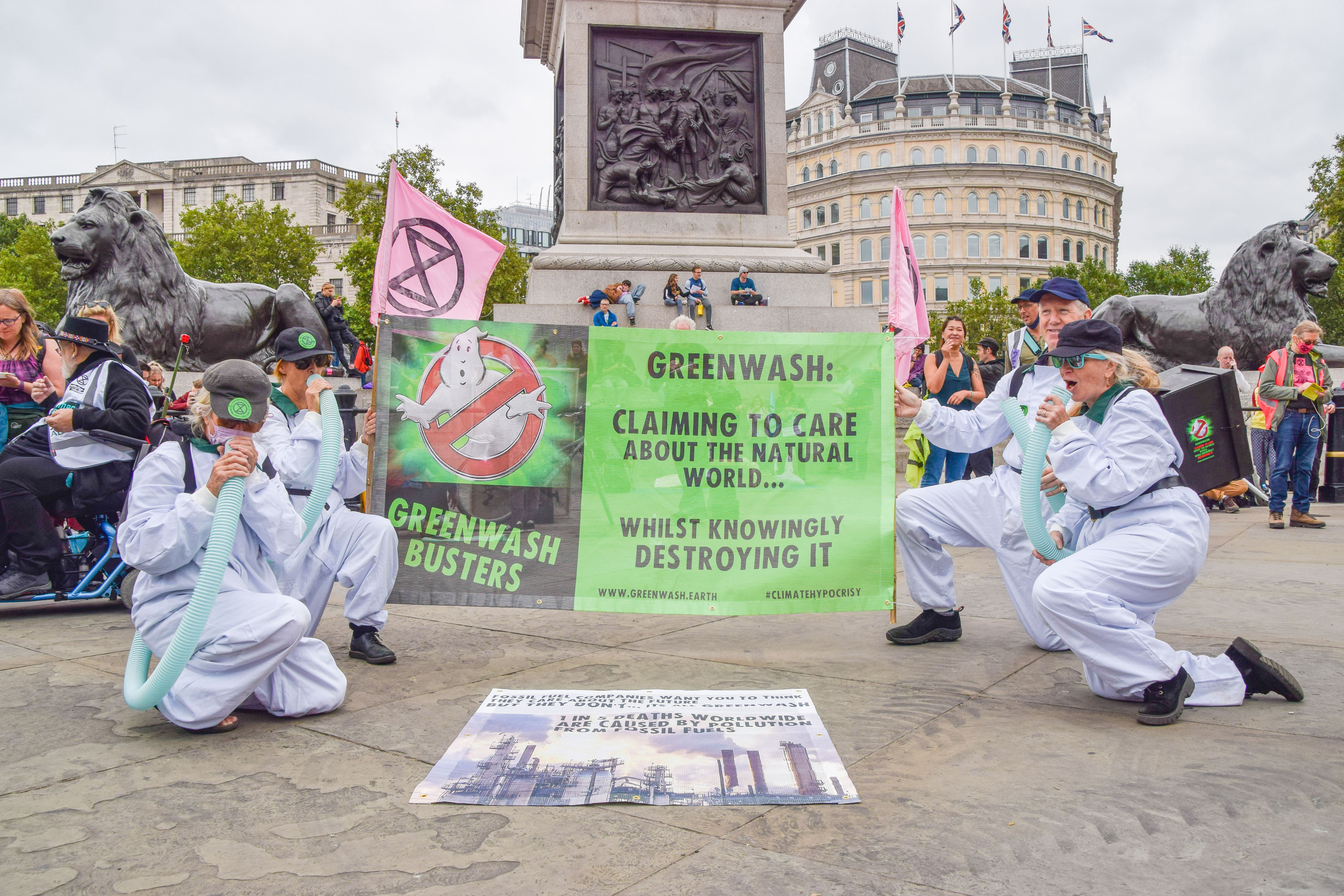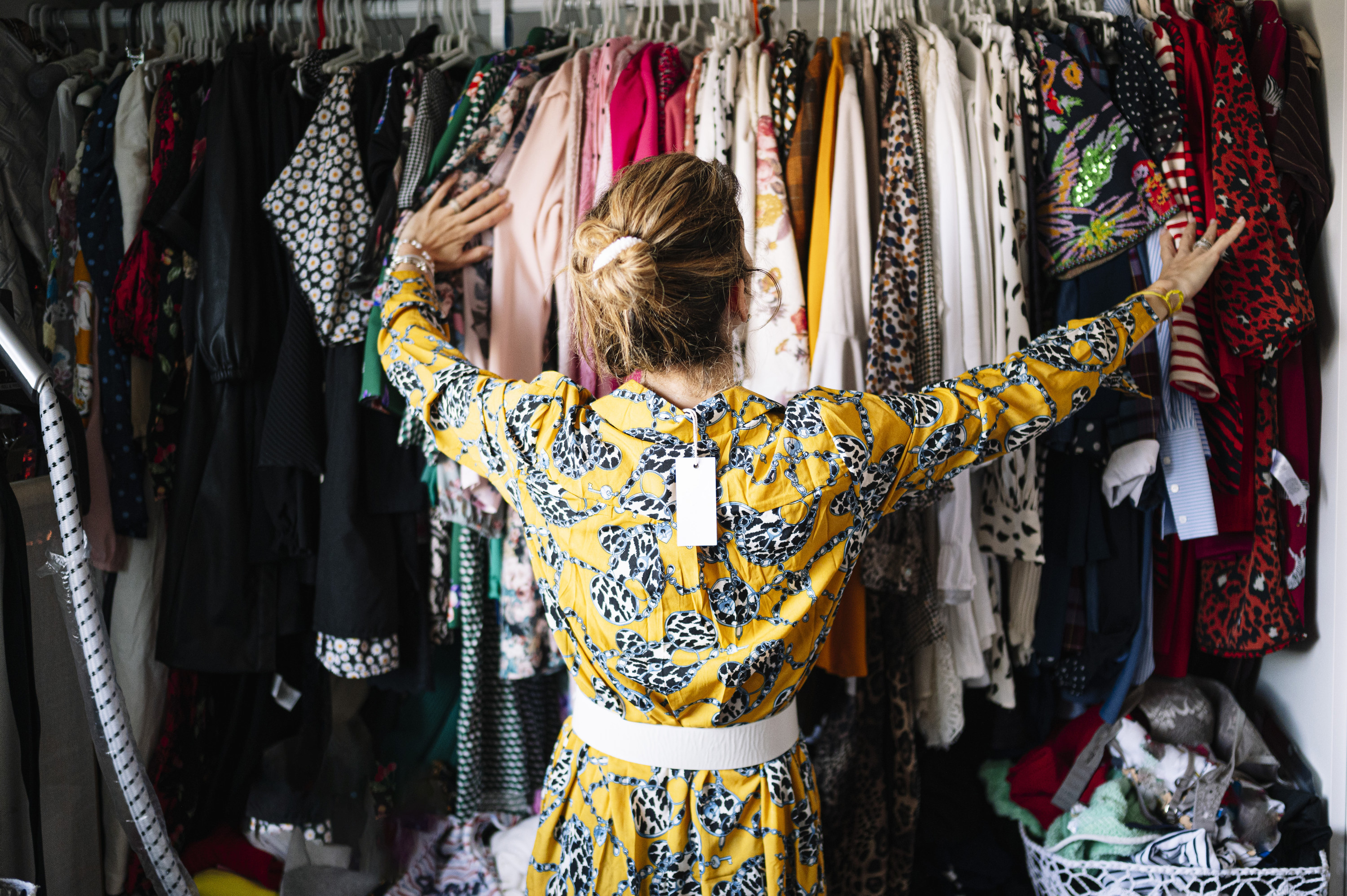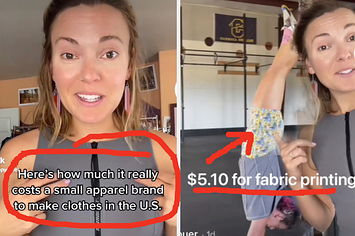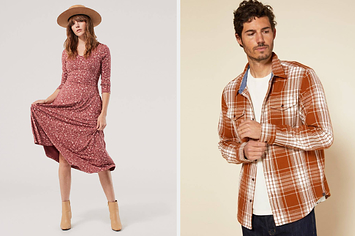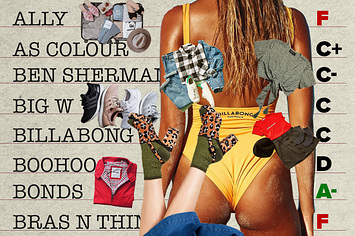My intention is never to shame other consumers; instead, we should all be focused on holding brands accountable and demanding that they do better. And she says that recycling, reusing, and upcycling old clothes are other great sustainable practices that we can engage with no matter where we shop. She says that it’s important to look at the whole picture, and not simply take brands at their word when they say they’re ethical. “Instead of asking, ‘Is this product doing no harm to the people who made it,’ we reframe the question to ask, ‘Is this product leaving the people who make it better off?’ Ethical for us means brands committed to treating their makers with fairness, respect, and care.” Additionally, she also considers sustainability when she’s determining if a brand is ethical. “For us, brands cannot be truly sustainable unless they’re also ethical, and vice versa. After all, what good is organic cotton if it’s harvested with slave labor? And what good is the living wage payment of a garment worker if her body is threatened by toxins being output during the sourcing and production processes?”
And she says you can also tell a lot by analyzing their marketing and social media presence. “Is the brand using generic nature shots or stock images to depict their sustainability, or are they using imagery of their actual sourcing and manufacturing practices? Are they showing you images of the men and women making their products on their website?” Bottom line: If a company’s commitment to ethical fashion and sustainability seems kind of vague, they’re probably greenwashing you. Legit ethical brands will typically have hard facts about where their products are sourced and made on their website. She also advocates for clothing swaps, renting clothes, and rediscovering items we haven’t worn in a while. “The most sustainable wardrobe is the one we already own,” she says. Another way we can make a difference is by simply buying less, and wearing what we do purchase for longer. “It’s no secret that a lot of used clothes end up in landfills. That’s regrettable, but you can do something about it. Remember, the longer we can keep clothing in use, the more we keep out of landfills.” And if you really wanna step things up, she’s even got a challenge for you. “Take the #NoNewClothes pledge and refrain from purchasing new apparel for a full three months. The act of pledging to buy no new clothes will help you reset your relationship with fashion and assess your consumption habits.” One big red flag in her book is the lack of transparency that designer brands have around their sustainability and labor practices. “Designer brands are notoriously opaque in their supply chains, even more so than some high street brands. So they aren’t paying people better nor reducing their carbon impact.” Here are a few more tips from Katrina: “• Asking yourself if you’d wear something 30 times before you buy it. If not, it’s best to walk away. • Taking stock of what you own. The best way to practice sustainability is by shopping your closet before purchasing anything new. • Checking out vintage, rental, or consignment options before purchasing anything new. One of my favorite things to do is ‘shop’ my sister’s closet (with permission, of course). • Taking care of your clothes. Loved clothing lasts, so try to wash them on cold, line dry, skip the dry cleaner, and mend. • Investing in quality not quantity.”
For example, Levi’s has refused to sign onto the International Accord, a life-saving agreement that prioritizes the safety of garment workers within the brands’ supply chains. Hard to fathom, right? Still, it’s vital that we vote with our dollars and let these brands know we won’t support them until they start acting ethically."
